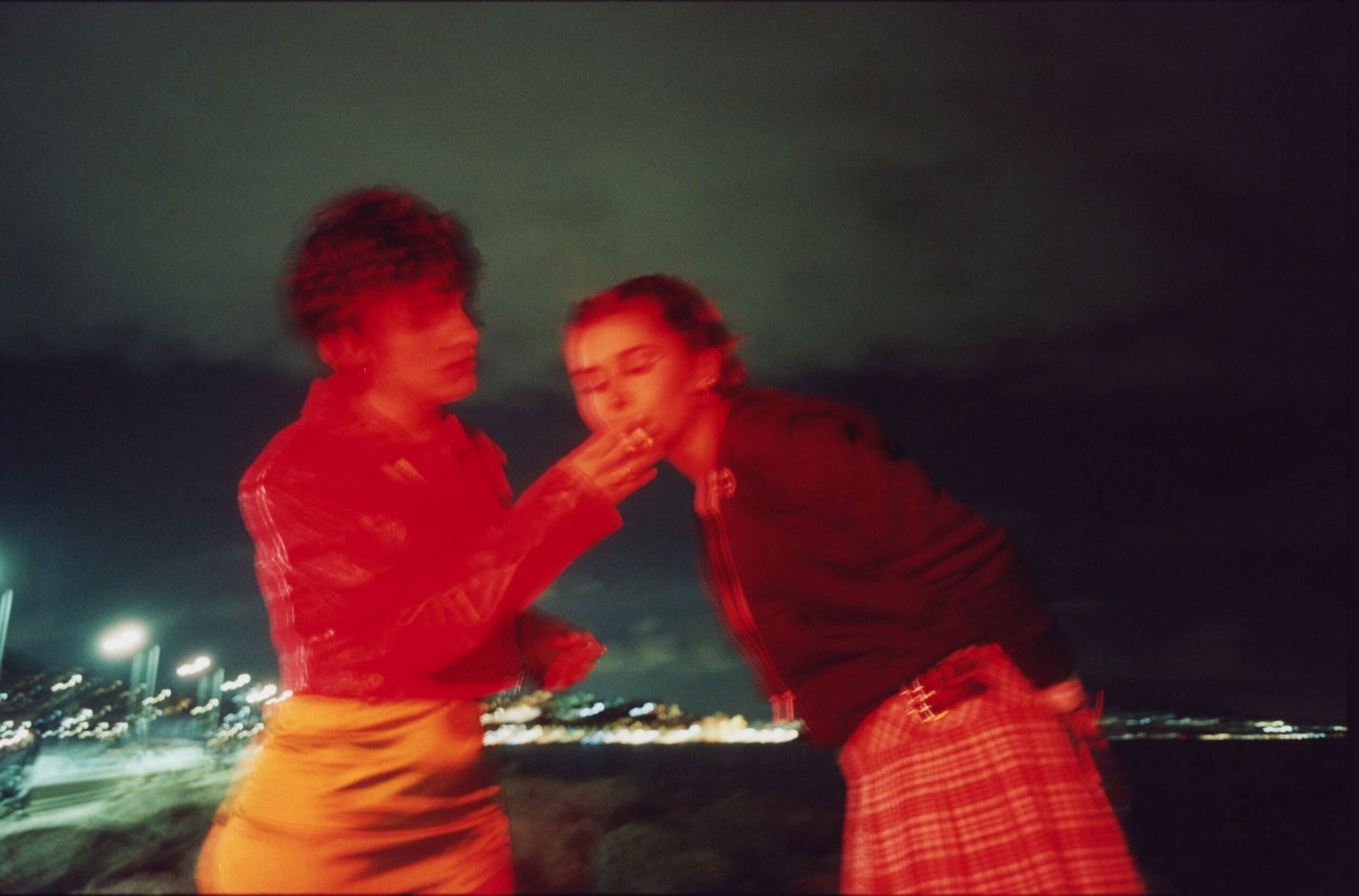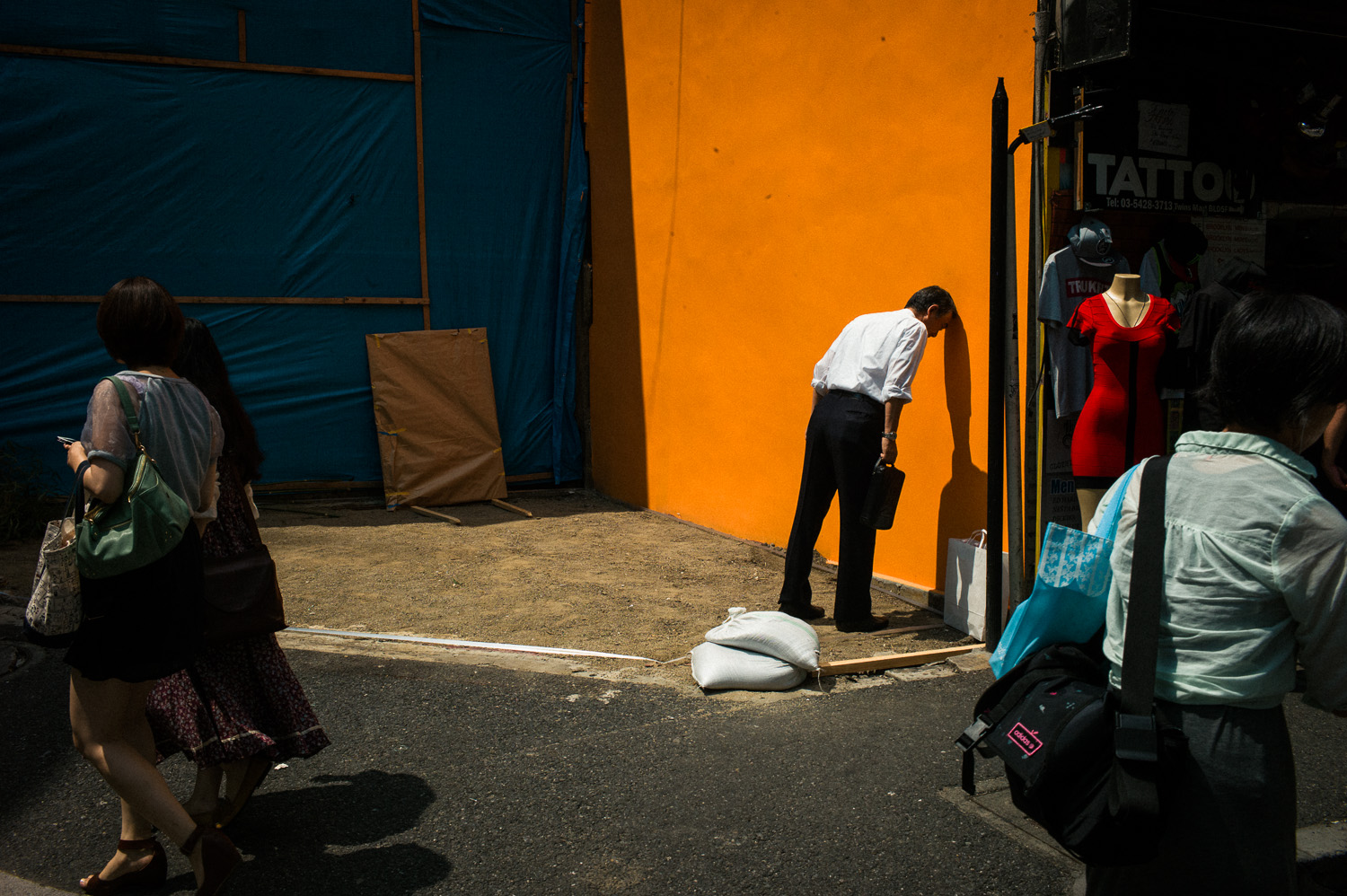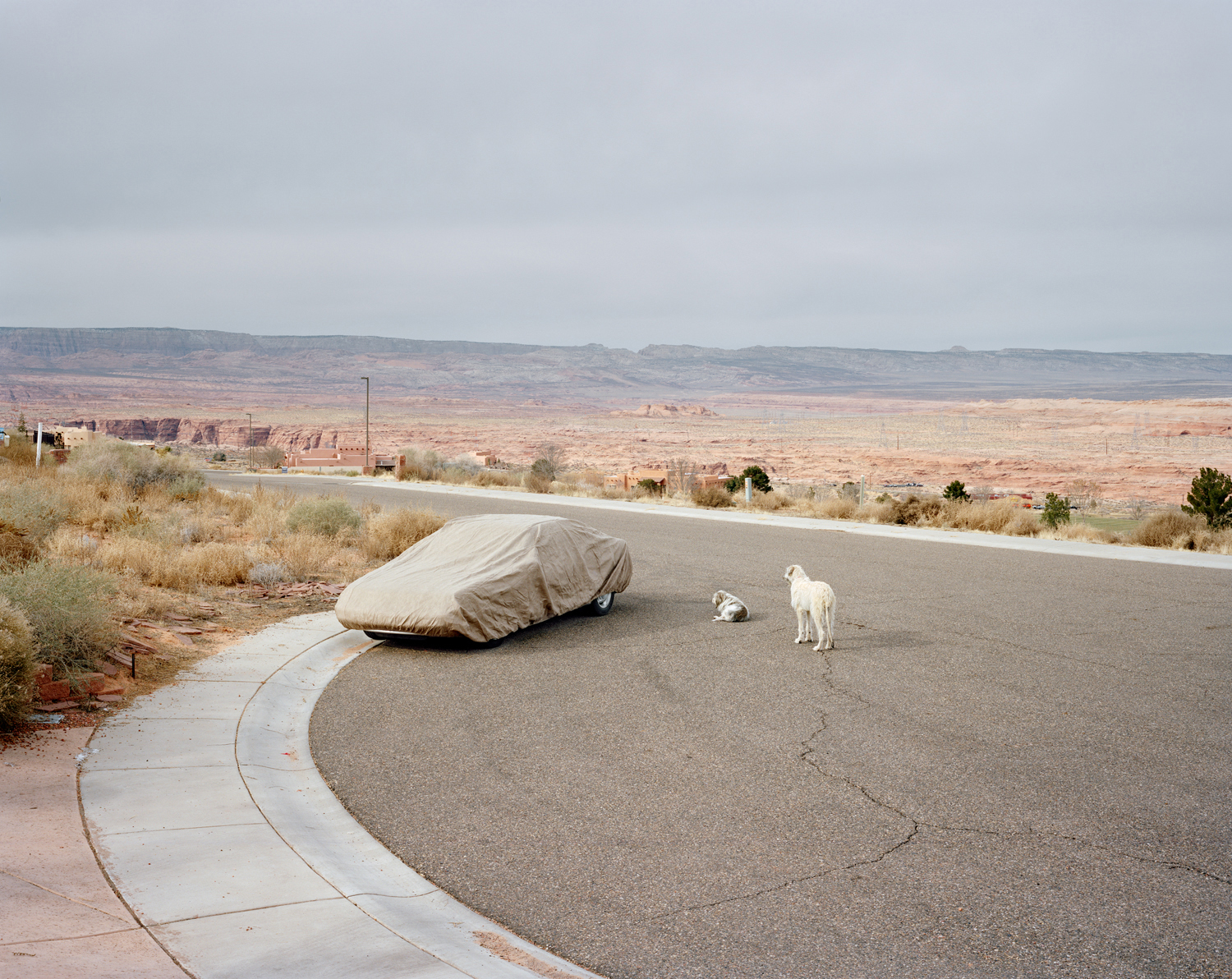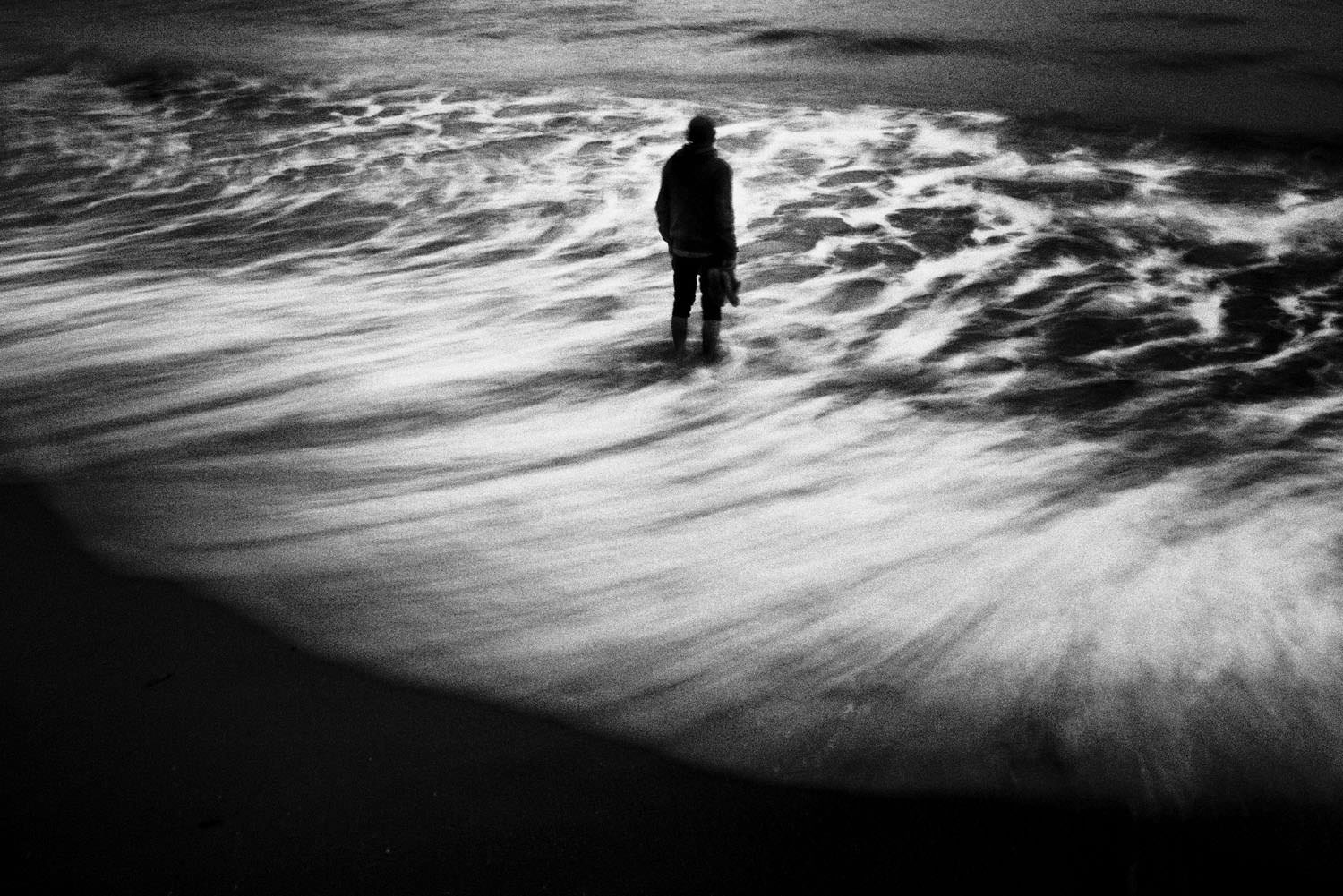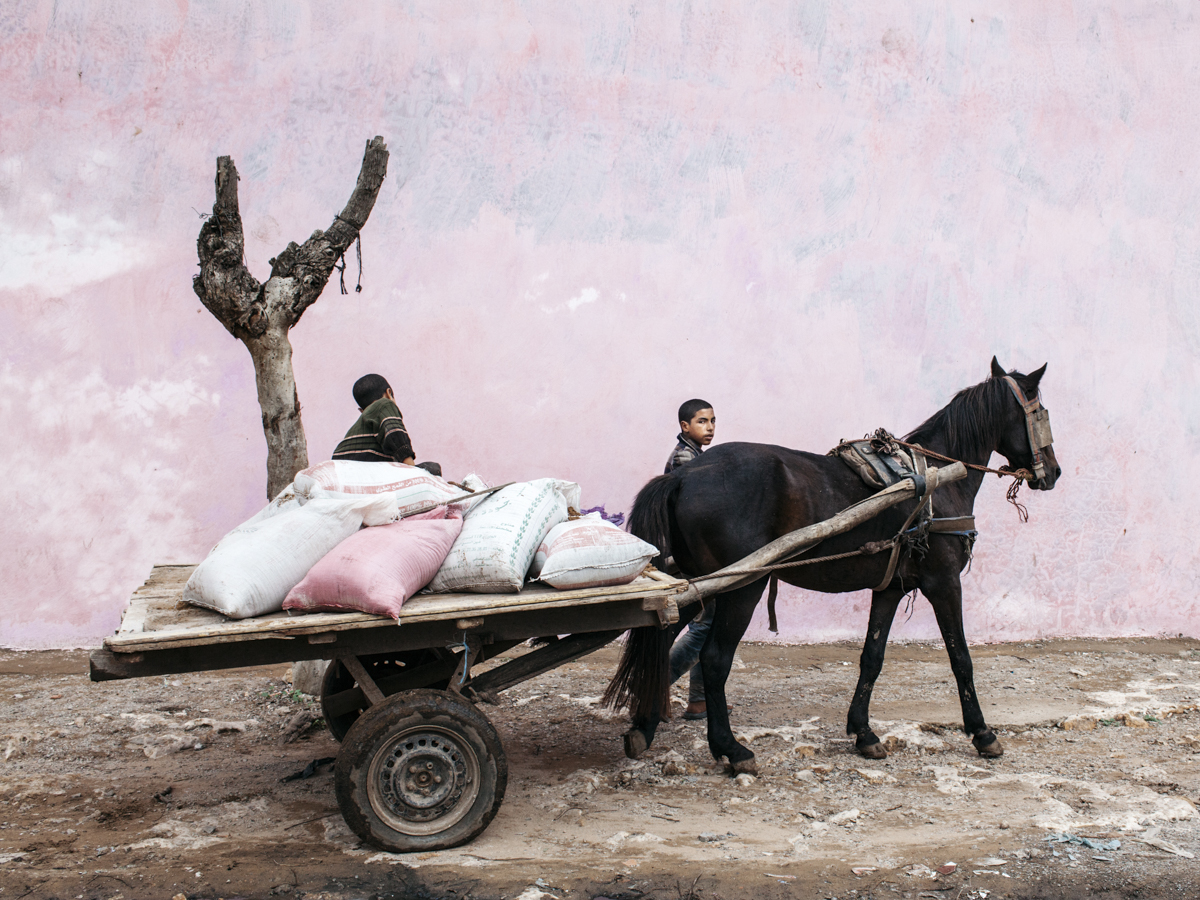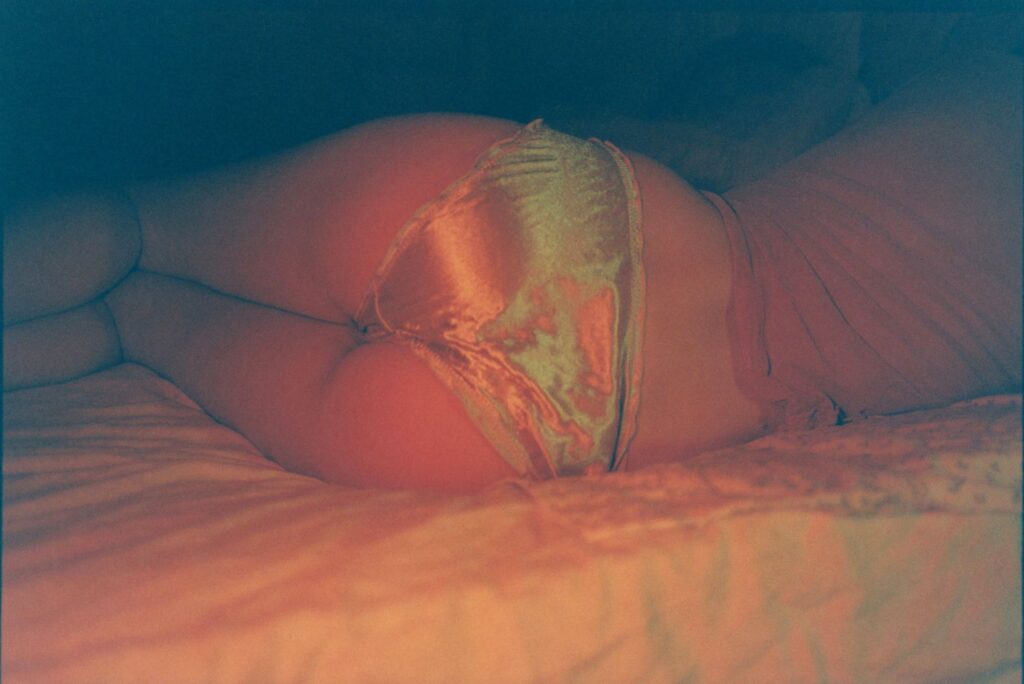
When did the idea of Un Mondo Proprio first come to you? Was there any specific encounter in Naples that made you feel the need to start this work?
The idea of Un Mondo Proprio came to me very slowly. The making of this book was anything but linear and quite different from how I had imagined a body of work like this is supposed to come together. I’ve always been a decisive person, and that used to show in my artistic process: first came a clear idea for a project, then the execution. In this case, because the work is so close to my life, I had no idea what direction I was going in until one day I sat down with an immense collection of images. As I looked through them, they started to guide me toward something I had already been speaking about through my work, but hadn’t yet fully realised. It was a strange feeling, like looking back at your past self and suddenly understanding choices that once felt uncertain.
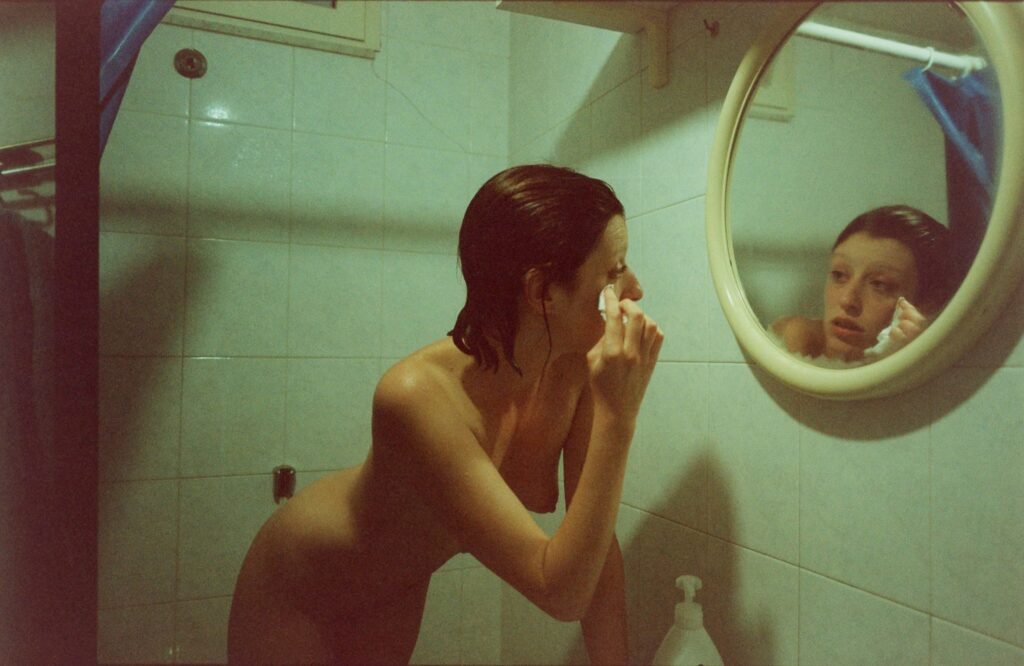
Were you already thinking of making a book while shooting, or did that come later, once the project had taken form?
While taking the images, I simply felt compelled to do so. Meeting and photographing all these women felt incredibly natural and instinctive. I wasn’t entirely sure what I was saying at the time, even though I knew I wanted to create an authentic representation of women in the city: something natural, real, and untouched by the male gaze.
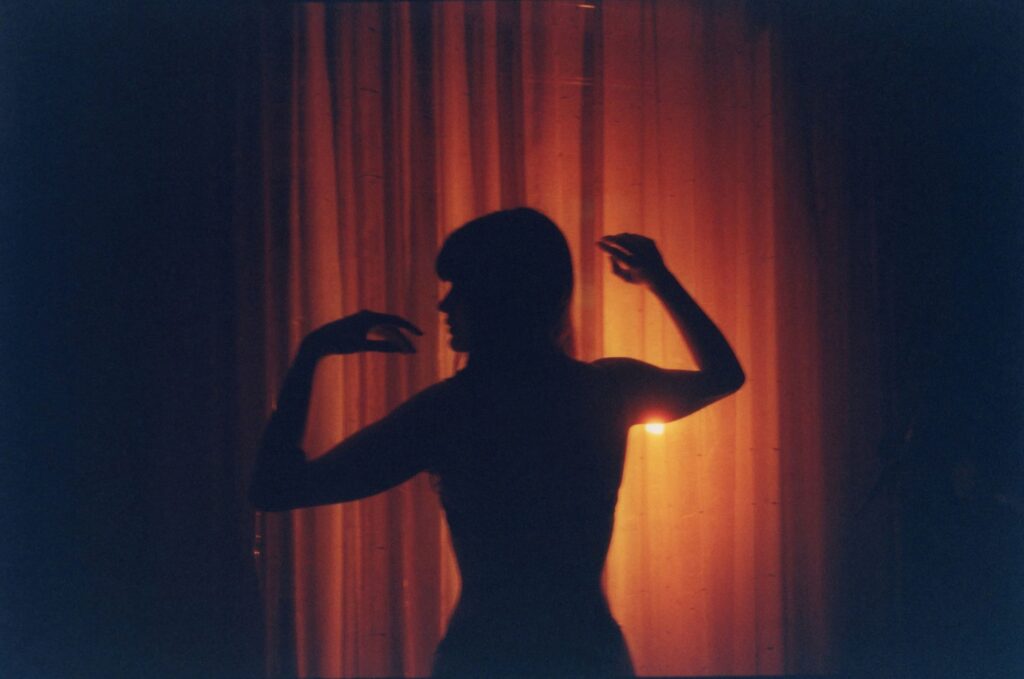
I wanted it to feel like a collaboration rather than me imposing myself in a space. The idea of photographing them at home, in private spaces — capturing the intimacy of getting ready, taking care of oneself, living in an unfiltered world — all felt very special. With time, and by letting the images breathe, I reached the right headspace to piece together what I had been creating in the moment. After years of taking photos in Naples, I finally sat down and built a story that unified my core concerns and interests: individuality, identity, self-expression, and gender norms and expectations.

The portraits in your book show a remarkable sense of closeness. How did you first meet the women who appear in your images?
My relationship with the women in the images varies a lot. Many are close friends — girls I’ve known since school. Others I met at parties, and some through word of mouth, friends of friends. It was almost like a domino effect: the more I immersed myself in the work and photographed women throughout my life, the more people recommended me to others. In a way, the women in the book are a reflection of the spiderweb that is my extended community in Naples.


« As a photographer, communicating with your subjects is fundamental to creating something meaningful and reflective of who they are »
How did you gain their trust, especially when photographing such intimate spaces — bedrooms, bathrooms, nightclubs?
Something I find so beautiful about Neapolitan culture is the openness of its people. No matter your background — whether you’re an outsider, a tourist, or born there (like me): people are curious, warm, and communal. They spend a lot of time together, meeting, talking, and interacting, and this openness made it easier for me to connect. All the girls were incredibly kind and collaborative when I suggested photographing them. It was truly an incredible experience, and I feel so grateful for how each one participated. Their excitement and willingness made the process light and joyful. As a photographer, communicating with your subjects is fundamental to creating something meaningful and reflective of who they are. Especially when entering intimate spaces like their homes, I paid close attention to how they felt and always asked if they were comfortable being photographed in a certain way — in a more vulnerable, real state. It almost felt like a dance, a constant push and pull. I let each person’s energy guide my own. That openness made me feel comfortable too, as if I had been invited rather than imposing myself.
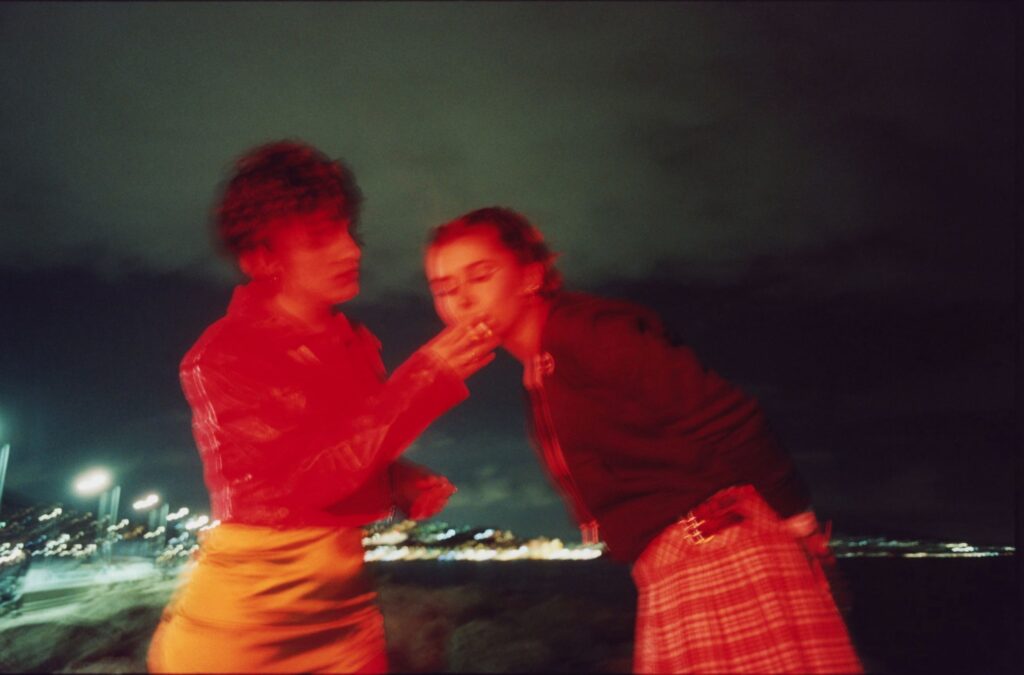
Over what period of time did you work on Un Mondo Proprio?
Being from Naples and having spent most of my life there, I feel there wasn’t a clear beginning to the work — except perhaps when I received my first camera at sixteen and began obsessively photographing myself and my friends. I remember having so much fun imagining photo ideas, dressing up, and pretending to be someone else. Over time, I became more aware of what being a photographer meant — how communication happens through an image or a self-portrait. As I grew more conscious, I wanted the people I photographed — my friends, the people I loved — to appear real, soft, relaxed, authentic. The work evolved naturally over the years. The images in the book are mostly from this past year, but they also include a few taken earlier, during that long evolution.
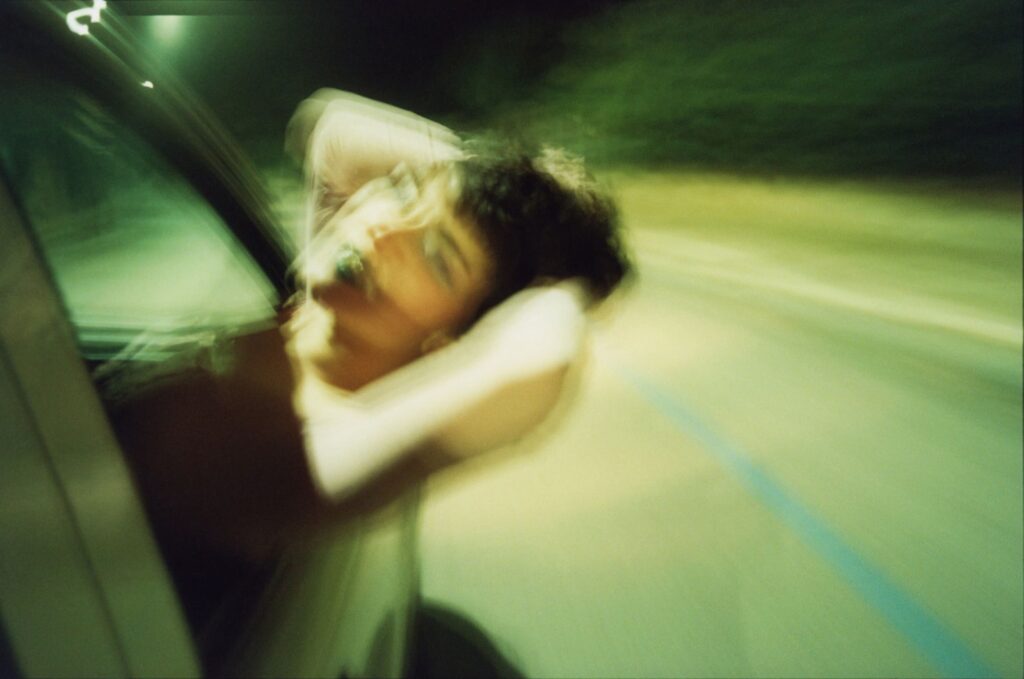
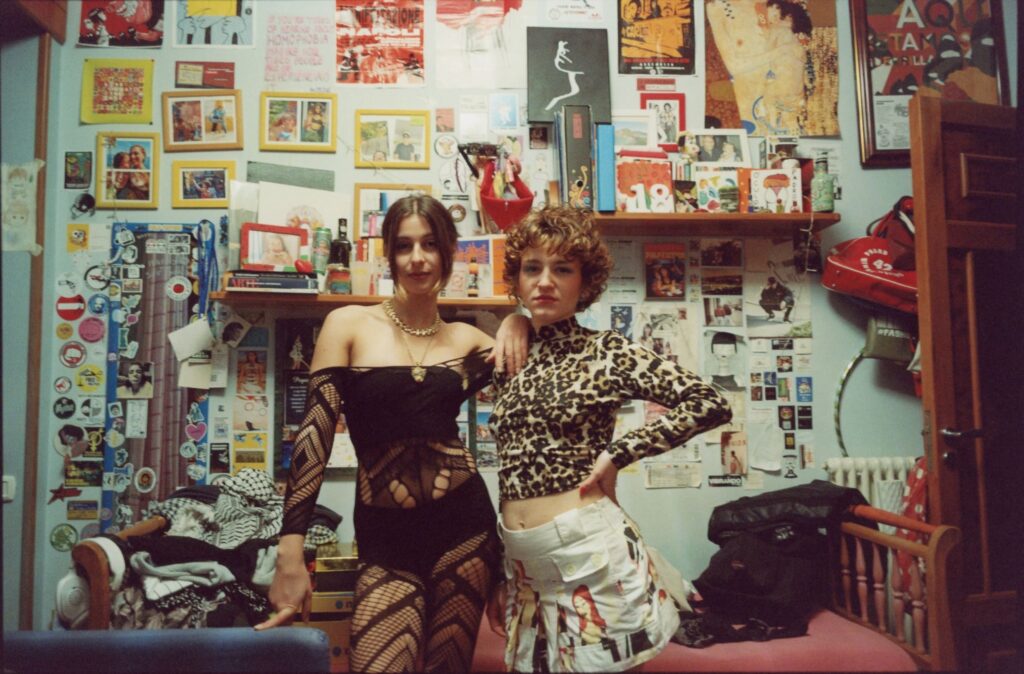
« I wanted to understand how women today reject those imposed ideals »
How did you practically organise this long-term work? Did you plan sessions or prefer a spontaneous, diary-like approach?
The desire to create something in my city, to work with women from Naples, and to make a cohesive project came with my university thesis. During Christmas 2024 and early 2025, I began an ethnographic research project on women’s fashion during nightlife in Naples — exploring how it connects to the figure of the Virgin Mary, an ever-present emblem of the gender impositions and constraints placed on women’s sexuality and freedom. I found the contrast between the shrines of the Virgin scattered through the city and the visual presence of women in nightlife fascinating — a striking dichotomy. I wanted to understand how women today reject those imposed ideals through their presence in spaces that once told them to behave otherwise — to be free, strong, independent, and visible.

The work began during an intense period of immersion in nightlife — long nights, endless encounters, and little sleep. After completing my thesis, I realized how clothing, makeup, and nightlife participation allow women to reclaim space and strength. I became visually drawn to their individuality and power. Without overplanning, I found myself photographing women from all parts of the city in their homes. My curiosity — wondering what the next encounter, scene, or space would bring — kept me going. Whenever I had time, I’d text someone and ask if I could come over and take photos as they got ready to go out.

How did you manage your time and costs, balancing personal life, production, and post-production?
During the day, I worked on other projects — fashion shoots, lookbooks, directing a film, selling my work in a gallery, and studying. In the evenings and at night, I was free and would visit the girls’ homes to photograph them.
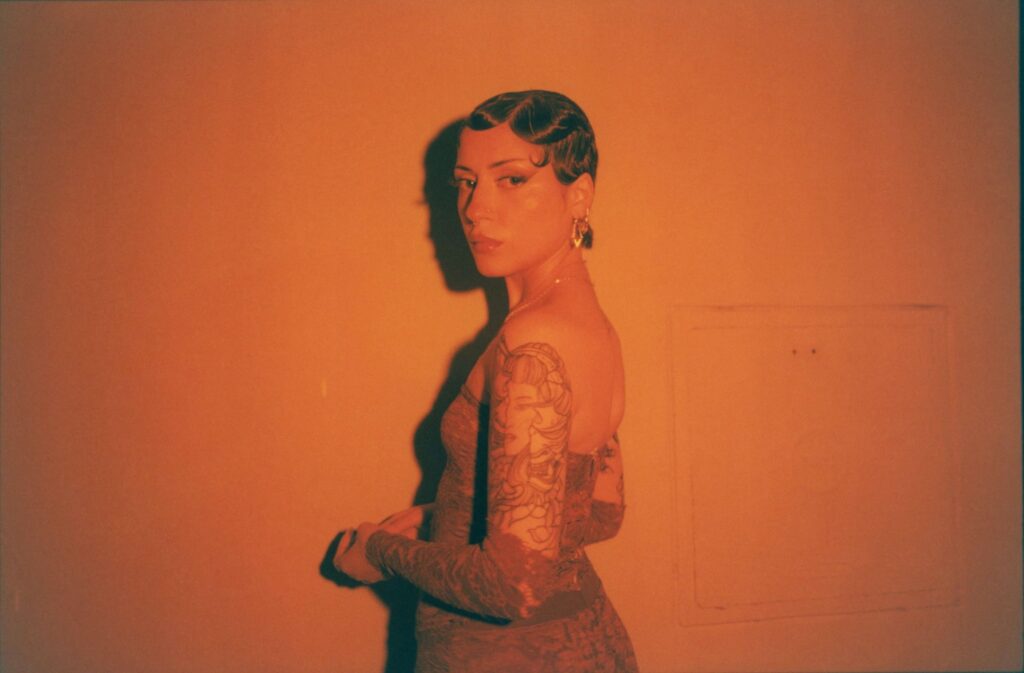

Which photographers or artists have most influenced your approach?
My inspiration often comes from everyday moments I find visually compelling — my mother mid-gesture, someone gazing out of a car window, people absorbed in daily life. I find beauty in the rawness of those fleeting moments. Many of my visual references come from things I saw before I ever had a camera, which now live subconsciously in my mind. I’m also deeply influenced by cinema — from Disney classics to black-and-white films and contemporary works. I admire how a director can lead the viewer through a visual discourse, one image at a time, whether through fantasy, realism, or documentary.
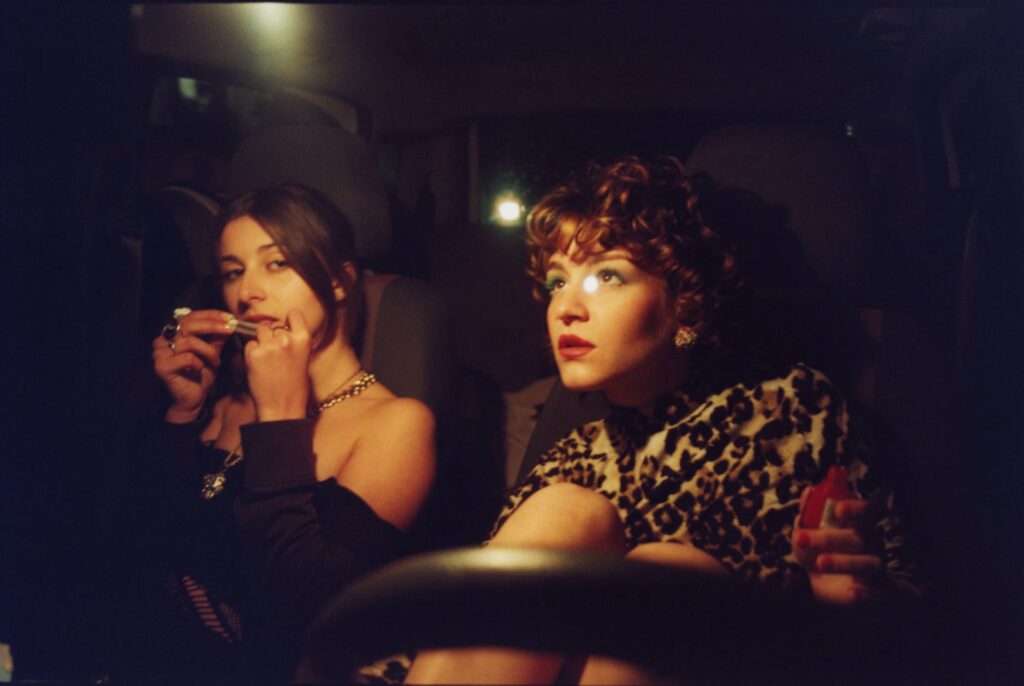
Visually, one artist who deeply inspired Un Mondo Proprio is Sofia Coppola. I love her portrayal of messiness, glamour, noise, and the misunderstood — her romanticization of womanhood and its raw reality. I admire how unapologetically feminine her work is; there’s strength in that form of self-expression. At the time, I was also reading The Second Sex by Simone de Beauvoir, and On Photography by Susan Sontag — a book that left a lasting imprint on the way I think about image-making.

Your top 5 about photo books?
My top five favorite photo books are
Take Care of Yourself by Sophie Calle
Diane Arbus by the Diane Arbus Archive
Raised by Wolves by Jim Goldberg
Silence Is a Gift by Ciro Battiloro
Ray’s a Laugh by Richard Billingham
I’m drawn to these works because they all explore intimacy, vulnerability, and the complexity of human relationships through deeply personal storytelling.
Interview by Kalel Koven
Support and find the work of the photographer here: website – Instagram

